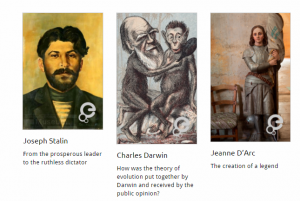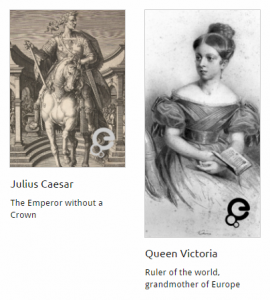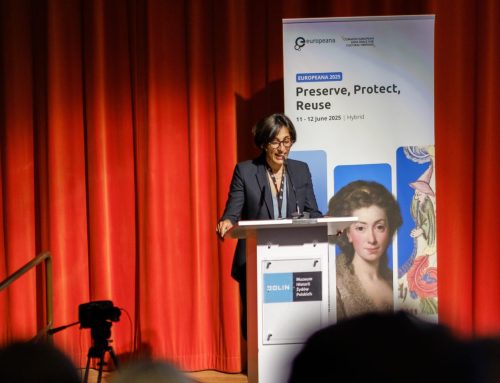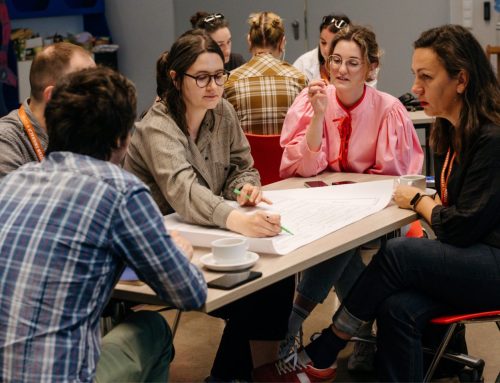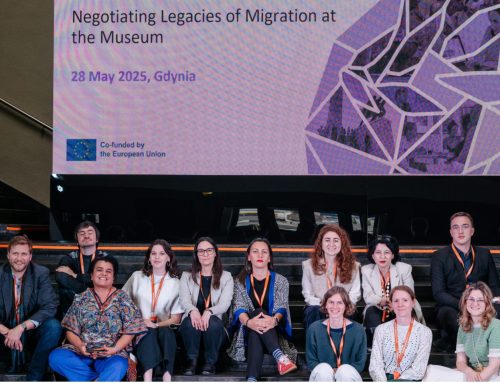Part 2 in a series on new Europeana source collections on Historiana
The featured source collections can be found on Historiana and therefore can be used to create online learning activities. This blog is part of a series of four releases of source collections. Stay tuned for more in the coming weeks!
A relatively small number of historical figures is dominating history. Historical figures appear in history textbooks, in movies, in documentaries, in literature, but also in the collections of archives, museums and libraries. Although there are many sources about these well-known historical figures in the collections of museums, archives and libraries, only a limited number of these are used in education. This leads to a narrow understanding of those figures who have helped to shape history as there is little room in the classroom to address the controversies and complexities that characterize history and good history education with a limited set of sources.
The dominance of a small number of sources related to some historical figures, is reinforced by the supremacy of a limited number of websites that appear most frequent as search results. If you can find a good source in almost no time, why choose another? The main challenge is probably the amount of time that it can take to find these sources. Language barriers and copyright restrictions can make finding sources more difficult. To overcome these barriers, EuroClio, in partnership with Europeana, has created sets of sources that put well-known historical figures in a new light. Europeana offers the unique opportunity to search the collections of various archives and museums. It can be difficult to search across these collections because institutes tend to use their own way of curation and categorization, but in the case of the historical figures, it is possible to find related sources, because almost all institutes have used the person name as search term. The results of this cooperation are now published at Historiana in the form of a new series of source collections.
A rationale for selecting historical figures
Any choice for historical figures will have its limitations. With limited time at our hands we could never do justice to the diverse range of historical figures that could also have been chosen. The purpose was also not to make a definitive and all-inclusive selection of historical figures, but to find out what can be gained from looking for sources about known historical figures in the collections of different archives. The people we chose to focus on – Julius Caesar, Jeanne d’Arc, Adolf Hitler, Charles Darwin, Joseph Stalin and Queen Victoria – are all figures that most people in Europe will have heard about. They have been the topic of extensive debate and multiple interpretations.
How can these source collections be used to teach history?
The source collections offer the opportunity to see to what extent the associations that people have with these historical figures are resonating with the selected sources from the different memory institutes. The source collections can also be used to compare and contrast the sources that different memory institutes have and have not included in their collection about the same historical figures. In addition, because it is clear for each source where the source is coming from (e.g. which institute provided the source), the source collections can also be used to learn about the way memory institutes are building their collections. How do sources arrive in their collection? What criteria were used to select and describe sources? Students can be asked to select sources that challenge or change their ideas about the historical figure and to explain how these sources are challenging or changing their ideas. Alternatively, teachers can use the source collections to challenge the students to make connections between sources, explain the order or ask them to make suggestions for sources that could be added to the collections.


